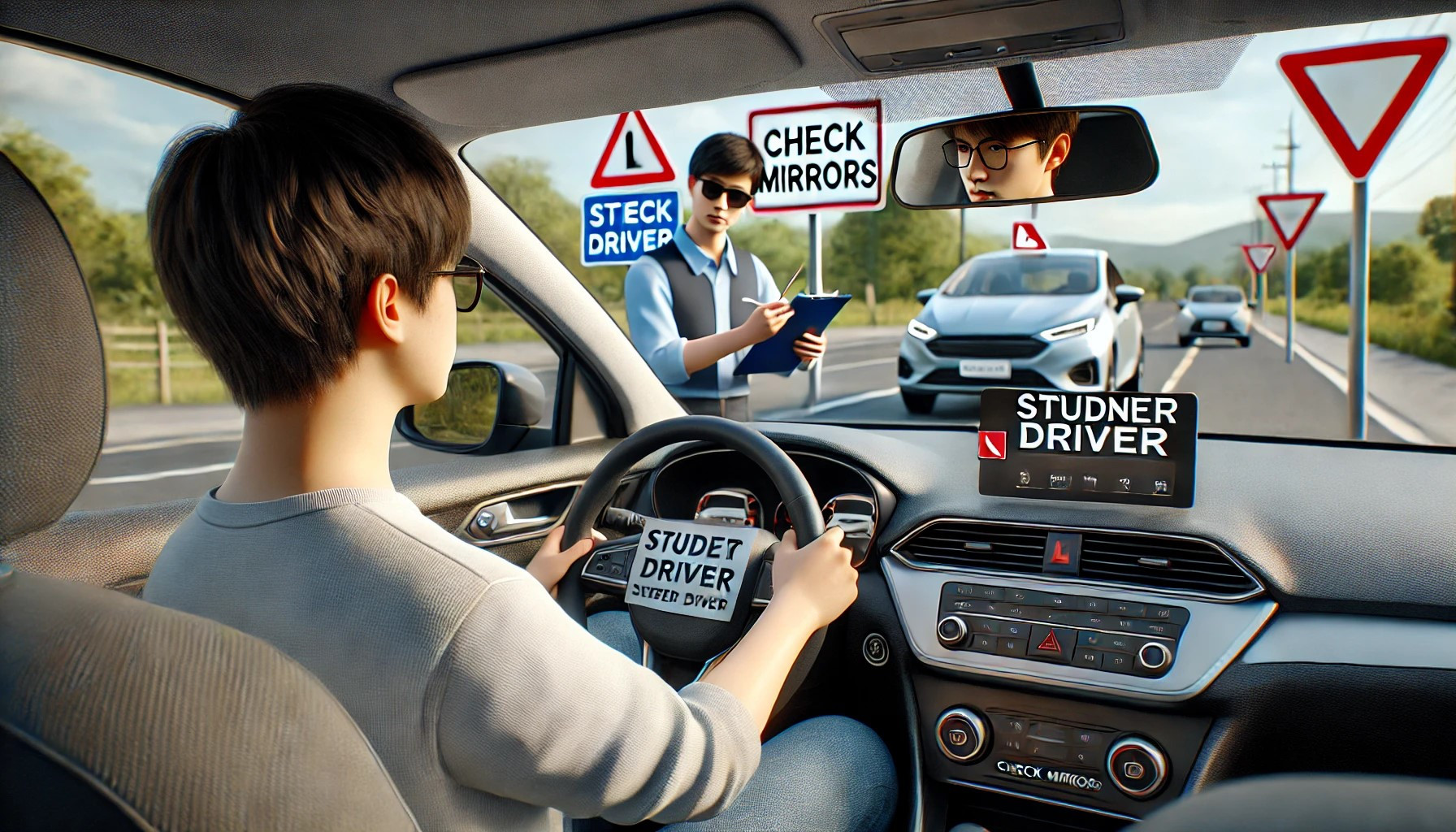
Some drivers look confident behind the wheel. But confidence isn’t always the same as awareness. A lot of people pick up bad habits over time. They might not notice them, but others on the road do. These habits don’t just look careless. They increase the risk of crashes.
This blog covers common mistakes that show a driver isn’t paying enough attention. These aren’t major traffic violations. They’re the small things that often go unchecked. But they matter.
Failure to Check Blind Spots
Mirrors aren’t enough. Blind spots sit just outside the view of side mirrors. A quick shoulder check can stop a crash. Many drivers skip this step. They rely too much on tech or assume the lane is clear. That’s when accidents happen. Especially during lane changes or merging.
Checking blind spots takes a second. Not doing it shows a lack of awareness. It’s lazy. Worse, it’s dangerous.
Not Using Indicators
Some people act like indicators are optional. They’re not. Failing to signal leaves others guessing. Is the car turning? Changing lanes? Who knows?
It causes confusion. It breaks the flow of traffic. Worse, it leads to sudden stops and last-minute swerves. All of which can be avoided with a flick of the hand. No excuse for it.
Lane Discipline Issues
Drifting Across Lanes
Drifting isn’t just annoying. It’s a sign the driver isn’t focused. Maybe they’re distracted. Maybe they’re tired. Either way, they’re not watching the lines.
This kind of drifting often happens on motorways. One second the car is straight, the next it’s creeping into another lane. It forces others to react. Sometimes too late.
Hogging the Middle or Outside Lane
In the UK, the left lane is for regular driving. Middle and right lanes are for overtaking. Some drivers forget that. Or ignore it.
They cruise in the outside lane for miles. Traffic builds up behind them. Frustration grows. Some people start weaving through lanes just to get past.
It’s selfish. It shows poor awareness of surroundings. And it goes against the Highway Code.
Poor Observation at Junctions
Junctions need full attention. That means looking both ways. And again. Some drivers rush it. They look once and go. Or worse, they don’t look at all.
Near misses happen often at junctions. Bikes, motorbikes and pedestrians get ignored. It’s not just careless. It’s a sign of bad habits. A driver awareness course focuses on spotting these issues early. It helps drivers relearn basic checks that keep everyone safe.
Misjudging Speed and Distance
Tailgating
Following too close is aggressive. It doesn’t save time. It just scares the person in front.
If the car ahead brakes suddenly, there’s no time to stop. That’s how rear-end collisions happen. Most of them avoidable.
Pulling Out Without Enough Gap
Some drivers pull out like they’re alone on the road. No glance. No judgement. They join roundabouts or turn onto busy roads without checking the speed of oncoming cars.
This mistake shows a lack of timing. It also shows a gap in training. An online advanced driving course can help drivers understand spacing better. It trains the eye to judge speed, distance and safe gaps more accurately.
Inattentive Pedestrian Awareness
Pedestrians don’t always follow the rules. They cross where they shouldn’t. Step out suddenly. That doesn’t give drivers an excuse.
Too many drivers only focus on other vehicles. They miss the people walking near crossings or hidden by parked cars. Children, elderly people or someone with headphones on — anyone can step into the road.
A sharp driver spots the risk early. Someone who’s not paying attention only sees the danger when it’s too late. That’s not awareness. That’s luck.
Ignoring Road Signs and Markings
Road signs are there for a reason. Same goes for markings on the road. But some drivers treat them like decoration.
Speed limits, give way signs, school zones — all ignored. Maybe not on purpose. But ignored all the same. White lines fade into the background. Arrows get missed. Painted words go unread.
This kind of driving isn’t illegal, but it’s sloppy. It shows the driver is running on autopilot. And autopilot doesn’t keep people safe.
Overconfidence on Familiar Routes
This one catches out experienced drivers. They drive the same route every day. Work, school, shops. They know every turn. Every bump.
But that comfort creates blind spots. The brain skips details it thinks it already knows. A child chasing a ball. A roadworks sign. A broken-down car around the bend. All easy to miss when the mind’s drifting.
Familiar roads don’t stay the same. Traffic changes. Conditions shift. Awareness needs to stay sharp. Even if the road feels routine.
5 Small Habits That Show Poor Awareness
These are minor habits. But together they show the driver isn’t paying enough attention.
- Rolling stops at give way signs: A slight pause instead of a proper stop can lead to missed hazards.
- Late braking at red lights: Slamming the brakes last second puts everyone at risk.
- Using phones at traffic lights: Green light comes and they’re still scrolling.
- Coasting with the clutch down: Less control. Slower reaction.
- Forgetting to turn off full beams: Blinds oncoming traffic and shows a lack of road manners.
These small things add up. They show the driver isn’t fully present.
Eyes Open, Hands on the Wheel
Awareness isn’t just about seeing what’s in front. It’s about reading the road. Watching people. Noticing patterns. Spotting risk before it becomes danger.
The mistakes in this blog don’t always lead to crashes. But they increase the chance. They also make life harder for everyone else on the road.
Good driving isn’t just skill. It’s attention. Focus. Respect. A lot of people pass the test and then let things slide. They forget the basics.
Driving safe means driving aware. Everything else follows.

